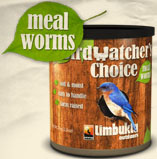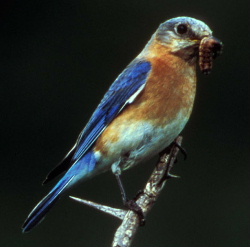-
Bat Houses Help Offset Pandemic
A common and recent disease found only in brown bats threatens to wipe out entire species. In terms of ecology and the food chain in general, this is a serious concern for scientists. Insect populations may grow wildly without control from brown bats. Confused bats are being seen in broad daylight, during hibernation cycles when food sources are not available. Their cycles are interrupted and whole colonies are dying off at an alarming rate.
Erecting bat houses may help some of the stray bats find adequate shelter in hopes of survival. The following video explains further about the bat’s disease known as White Nose Syndrome.
The Battle for Bats: White Nose Syndrome from Ravenswood Media on Vimeo.
-
Bat House Myths Dispelled
Control insect populations naturally with a bat house.
Adding a bat house for shelter to tiny brown bats is a wisely ecological choice. The bats have earned a bad rap as the winged symbol of Halloween, blood and vampires…This is the biggest misconception, as bats can be man’s best friend during the buggy, summer months.
Bats pollinate fruit as well as taking care of pesky insects that make our lives miserable during summer. They’re able to wipe out thousands of blood-sucking mosquitoes in one night’s feeding. Farmers have known the advantages to keeping bat populations, in order to keep crops bug-free.
So next time you reach for an insecticide to rid the yard of unwanted pests, think about installing a bat house instead!
-
Not Live nor Dried Mealworms!
A great alternative to live mealworms, these worms are packaged to lock in natural juices, keeping them soft and moist for ultimate bluebird attraction. Tastier than dried mealworms, without the hassle or wiggle of live ones.
Mealworms were the only food that enticed our bluebirds to feeders. In fact, after a few weeks of constant feeding, they decided to call it home and build their nest. Not one, but two successful broods were raised that spring.



